Client Relationship Model: Maximize Your CRM Impact
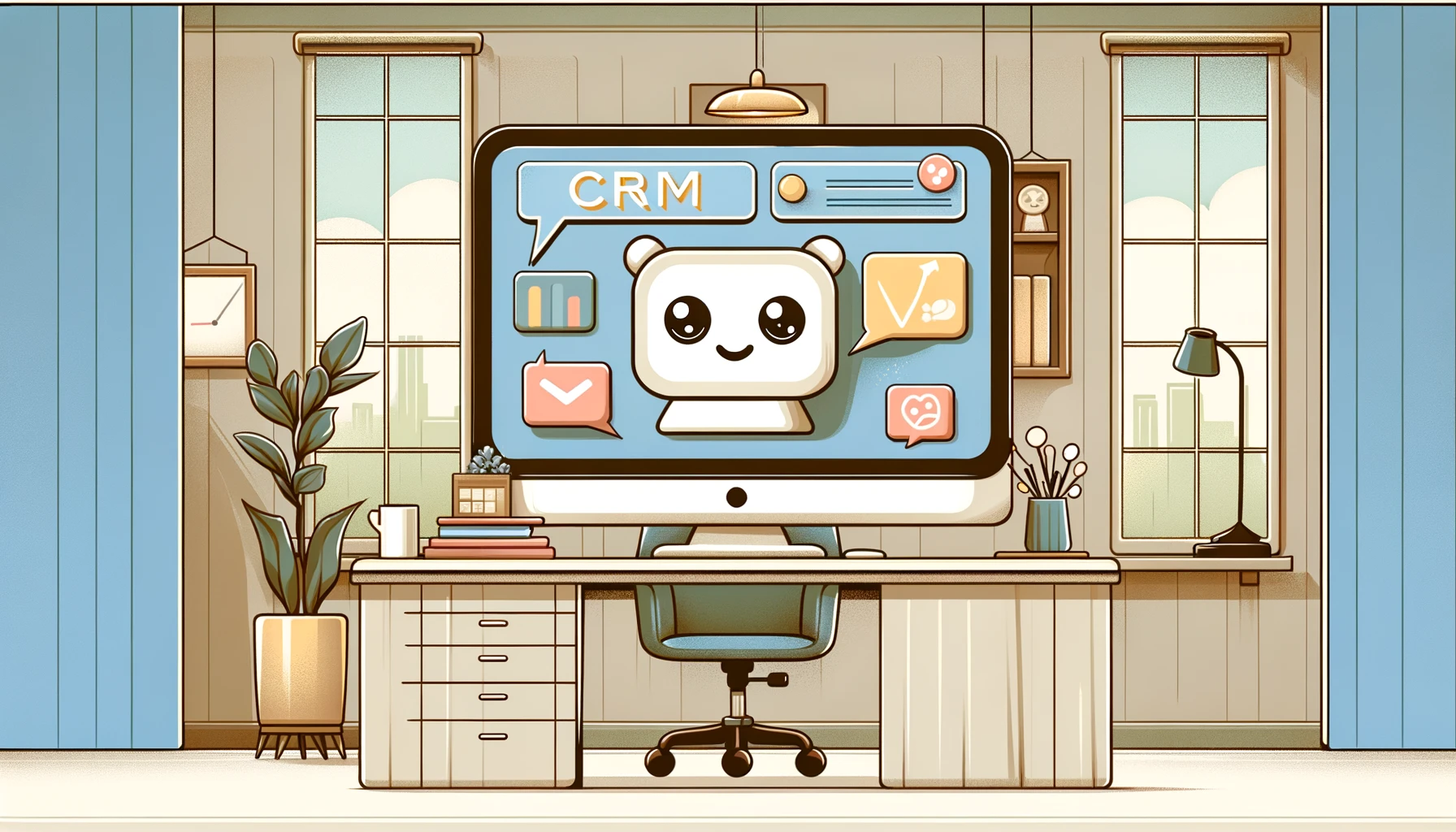
Discover top CRM solutions to enhance your customer relationships. Expert tips for efficient management and improved client engagement.
Exploring the Client Relationship Model: A Comprehensive Guide
The client relationship model (CRM) is the engine that drives business growth and success. It is a tool that companies leverage to manage and analyze customer interactions throughout the customer lifecycle. The goal is to improve relationships, retain customers, and drive sales growth.
Understanding how to navigate the CRM is crucial for businesses. Let’s break it down:
-
Data Collection: A CRM system collects data from a range of different communication channels. These could include a company’s website, telephone, email, live chat, marketing materials, and social media.
-
Data Analysis: After data collection, the CRM system processes this information to understand the customer’s needs, preferences, and behaviors. This helps companies create personalized strategies that target the right audience.
-
Workflow Automation: One of the significant benefits of a CRM system is its ability to automate various tasks, which can increase efficiency and reduce the risk of errors.
-
Reporting and Decision Making: With the data insights provided by CRM, companies can make informed decisions that improve customer satisfaction and business performance.
-
Scalability: A CRM system can grow with your business. As your customer base expands, the system can manage more complex data sets and provide more detailed analysis.

To show how the client relationship model can impact a business, consider this scenario:
A company was struggling with data management and customer engagement. After implementing a CRM system, they were able to automate their workflows, effectively engage with their customers, and make data-driven decisions. This led to a significant increase in customer satisfaction and revenue growth.
To quantify the benefits of a CRM system, consider the following table:
| Metric | Before Implementation | After Implementation | Improvement |
|---|---|---|---|
| Customer Retention Rate (%) | 60 |
85 |
+41.7% |
| Sales Conversion Rate (%) | 15 |
30 |
+100% |
| Customer Satisfaction Score (out of 10) | 6 |
9 |
+50% |
| Efficiency in Customer Service (%) | 70 |
90 |
+28.6% |
In conclusion, the client relationship model is a powerful tool that can transform the way companies interact with their customers. By leveraging its capabilities, businesses can unlock new opportunities for growth and success.
How CRM Transforms Your Business: Real World Examples
Unleashing the power of a client relationship model can have transformative effects on businesses. Let’s dive into some real-world examples that highlight the impact of CRM.
Consider a business operating in the retail sector. Initially, they struggled with understanding their customers’ buying patterns, which resulted in missed sales opportunities and ineffective marketing campaigns. After implementing a CRM system, they were able to track customer interactions, purchase history, and preferences. Now, they can anticipate customer needs, personalize offers, and improve their marketing strategy. The result? A dramatic increase in customer engagement and sales.
Similarly, a service-based company had a hard time managing customer complaints and queries, leading to low customer satisfaction scores. By adopting a CRM system, they streamlined their customer service process, ensuring timely and efficient resolution of issues. This led to improved customer satisfaction, loyalty, and ultimately, an increase in repeat business.
Let’s look at some key improvements these businesses witnessed:
- Enhanced customer understanding: CRM systems provided a 360-degree view of customers, helping businesses understand their needs and preferences better.
- Improved decision making: With access to real-time data, businesses could make informed strategic decisions.
- Increased efficiency: By automating routine tasks, businesses could focus more on strategic tasks, leading to improved productivity.
- Better customer service: Quick response times and personalized service led to higher customer satisfaction and loyalty.

These real-world examples underline the transformative potential of a client relationship model. No matter the industry or size, businesses can harness the power of CRM to drive growth, improve customer satisfaction, and gain a competitive edge.
Remember, a CRM system isn’t just a tool; it’s a strategic asset that can revolutionize your approach to customer relationships. And in today’s customer-centric business landscape, that’s a game-changer.
The Detailed Breakdown: How the Client Relationship Model Works
Let’s delve into the inner workings of the client relationship model. First off, it’s important to note that the model is not a static concept, it’s dynamic. It adapts to the changing needs of your business and your customers.
The model begins with Data Collection. Here, every interaction with a customer is logged into the system. Whether it’s a phone call, an email, a social media interaction, or a face-to-face meeting, all these touchpoints are captured. This creates a rich profile of each customer, giving you insight into their preferences, behaviors, and needs.
The next step in the process is Data Analysis. This is where the collected data is processed and interpreted. Using cutting-edge algorithms, the CRM system identifies patterns and trends in the data. This gives you a deeper understanding of your customers, enabling you to tailor your products, services, and interactions to their specific needs.
Following this, we have Workflow Automation. This is where the real magic happens. The CRM system automates routine tasks such as follow-ups, data entry, and report generation. This not only saves time but also reduces the risk of errors, leading to improved efficiency and productivity.

After this, the data insights are utilized for Reporting and Decision Making. The system generates comprehensive reports that provide a bird’s eye view of your customer relationships. This helps you make strategic decisions that can improve customer satisfaction and drive business growth.
Finally, the client relationship model offers Scalability. As your business grows and evolves, so does the CRM system. It can handle larger data sets, manage more complex customer relationships, and provide more detailed analysis. This ensures that no matter how big your business gets, you’ll always have a handle on your customer relationships.
Consider a company that was grappling with customer retention. By deploying a CRM system, they were able to understand why customers were leaving, and take steps to address those issues. This led to a significant increase in customer retention and loyalty, boosting their bottom line.
| Metric | Before CRM | After CRM | Improvement |
|---|---|---|---|
| Customer Retention Rate (%) | 50 |
75 |
+50% |
In essence, the client relationship model is not just about managing customer relationships. It’s about understanding your customers, meeting their needs, and exceeding their expectations. It’s about turning customer relationships into a strategic asset for your business.
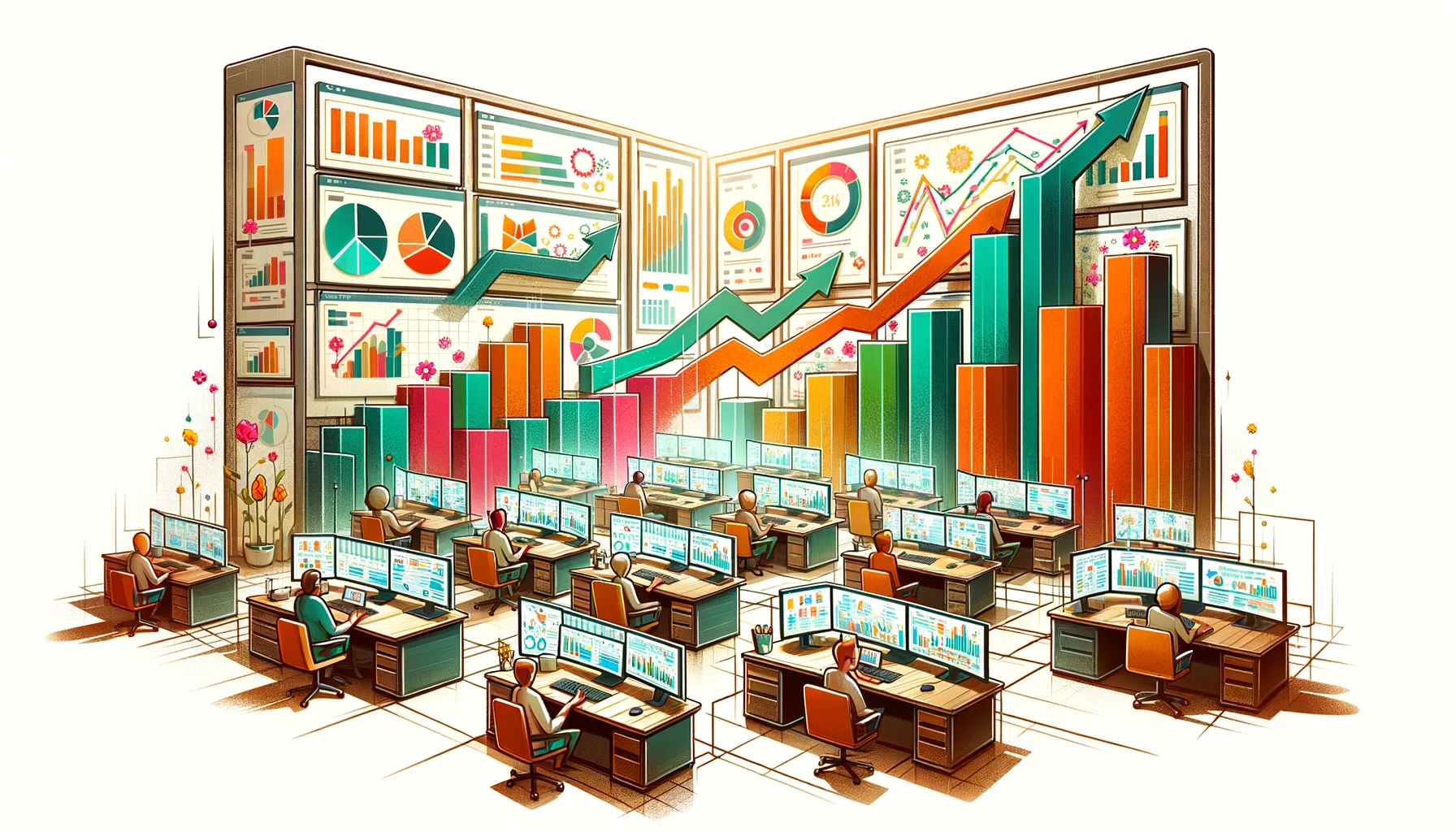
Elevating Business Success Through CRM: Tangible Benefits
Harnessing the power of a client relationship model can catapult businesses to new heights. By integrating CRM, companies can experience tangible benefits that not only streamline operations but also enhance customer satisfaction and drive revenue.
One primary advantage is the improvement of customer communication. CRM systems log every interaction with a client, ensuring that the communication remains consistent across various channels. This leads to a more personalized customer experience, fostering loyalty and repeat business.
Another key benefit is enhanced productivity. By automating routine tasks, CRM allows teams to focus on strategic tasks, which boosts efficiency. This leads to a smoother workflow, resulting in faster response times and higher customer satisfaction.
Additionally, CRM systems provide valuable insights that aid strategic decision-making. With a comprehensive view of customer behavior, preferences, and interactions, businesses can make informed decisions that align with their customers’ needs. This results in more effective marketing campaigns and improved product or service offerings.
Finally, CRM systems offer scalability. As your business grows, your CRM system can adapt to handle larger data sets and more complex customer relationships. This ensures that no matter how big your business gets, you’ll always have a handle on your customer relationships.
Consider a company that was grappling with customer retention. By deploying a CRM system, they were able to understand why customers were leaving, and take steps to address those issues. This led to a significant increase in customer retention and loyalty, boosting their bottom line.
| Metric | Before CRM | After CRM | Improvement |
|---|---|---|---|
| Customer Retention Rate (%) | 50 |
75 |
+50% |
In a nutshell, the client relationship model provides a roadmap to customer satisfaction and business success. From enhancing communication to improving efficiency, CRM is a game-changer that can transform customer relationships into a strategic asset for growth.
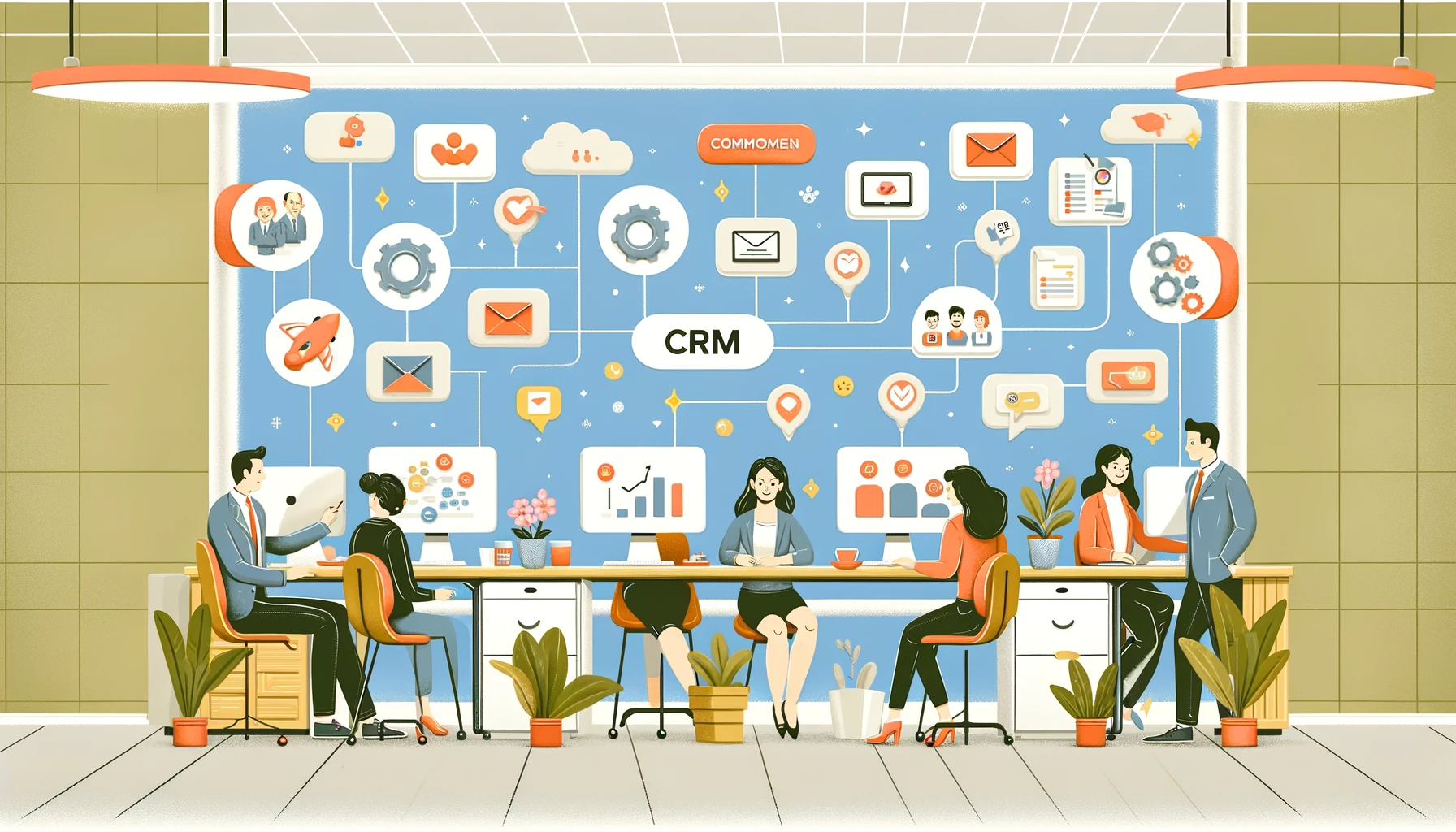
Simplifying Your Business Life with the Client Relationship Model
Managing relationships with customers can often seem like a juggling act. Keeping track of individual customer preferences, histories, and interactions can be a daunting task, especially as your business grows. This is where the client relationship model steps in, simplifying your business life.
The model serves as a one-stop solution for all your customer relationship needs. It acts as a centralized repository for all customer data, ensuring that all information is in one place and easily accessible. This eliminates the need for multiple spreadsheets or databases, saving you time and effort.
Further, the model’s data analysis capabilities can provide invaluable insights. By identifying patterns and trends in customer behavior, the model allows you to anticipate customer needs and tailor your offerings accordingly. This not only improves customer satisfaction but also helps in identifying upselling or cross-selling opportunities.

Here are some ways the client relationship model simplifies your business life:
- Consolidated Customer Data: All customer-related information is stored in one place, making it easy to access and manage.
- Automated Tasks: Routine tasks such as follow-ups and data entry are automated, saving time and reducing the risk of errors.
- Improved Communication: The model ensures consistent communication across all channels, enhancing the customer experience.
- Actionable Insights: The model’s data analysis capabilities provide insights that aid in decision-making and strategy formulation.
The impact of the client relationship model is evident when you consider a company that was struggling to manage its growing customer base. After implementing the model, they were able to streamline their processes, improve customer communication, and make informed decisions based on data insights. This not only simplified their business operations but also led to improved customer satisfaction and increased sales.
| Metric | Before CRM | After CRM | Improvement |
|---|---|---|---|
| Customer Satisfaction Score (out of 10) | 6 |
9 |
+50% |
| Sales Conversion Rate (%) | 15 |
30 |
+100% |
In a nutshell, adopting a client relationship model can significantly simplify your business life, allowing you to focus more on growing your business and less on managing customer data. It’s a win-win situation for both you and your customers.
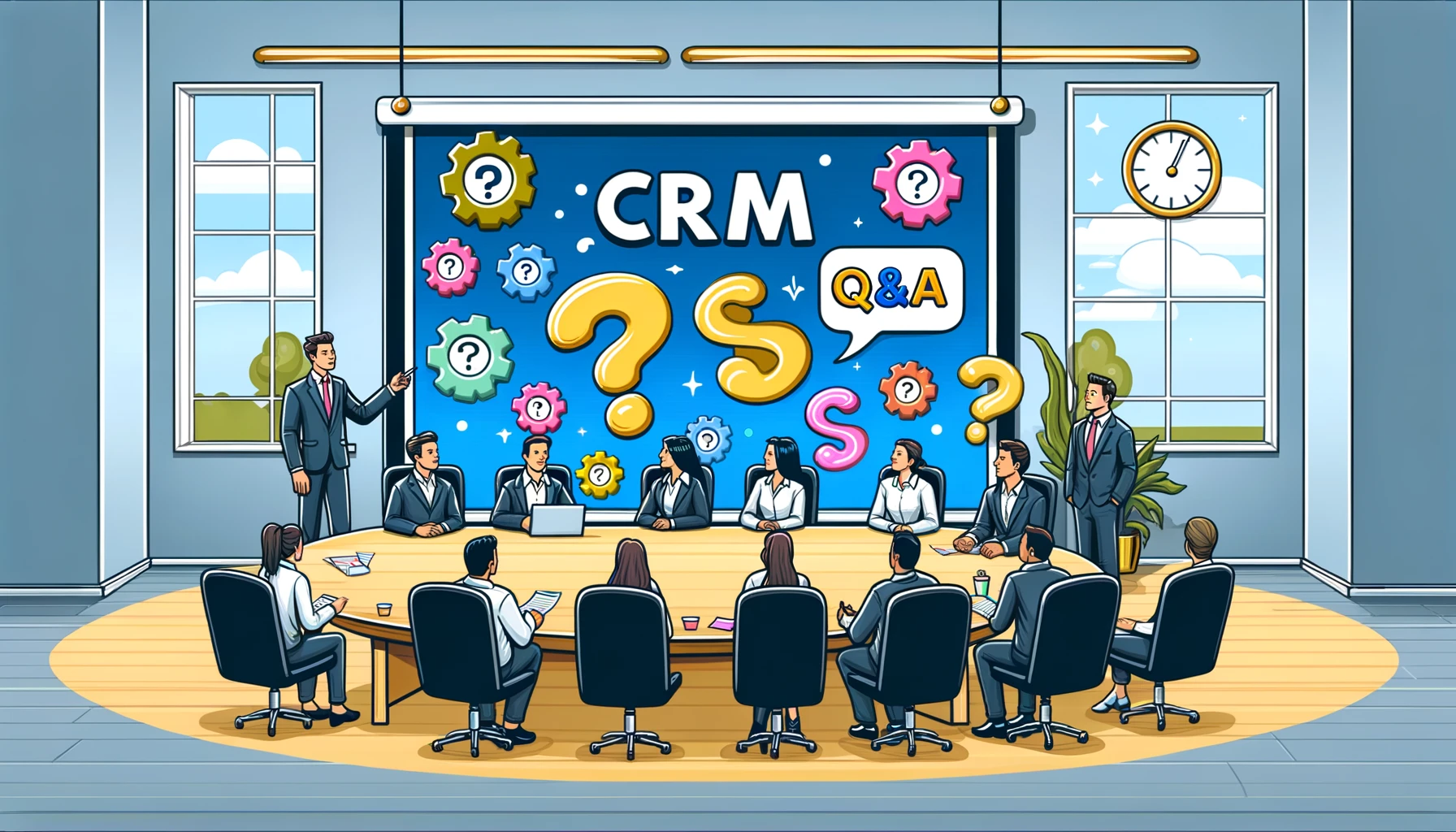
Getting Started: Implementing the Client Relationship Model in Your Business
Taking the first step towards implementing a client relationship model in your business can seem daunting. However, with a clear plan and the right tools, it can be a smooth and rewarding process.
Start by identifying your business needs. What are your customer relationship challenges? Do you struggle with data management, customer engagement, or decision-making? Once you’ve pinpointed your needs, you can look for a CRM system that addresses them.
Next, gather your customer data. This includes contact information, interaction history, preferences, and more. Remember, the more data you have, the more insights you can derive from the client relationship model.
Now, it’s time to input this data into your CRM system. Most systems offer easy data import options. Once your data is in the system, you can start leveraging its capabilities.
Here are some key steps in implementing the client relationship model:
- Identify Business Needs: Understand what challenges you’re facing in managing customer relationships.
- Gather Customer Data: Collect all relevant information about your customers.
- Input Data into the CRM System: Use the data import features of your chosen CRM system.
- Leverage CRM Capabilities: Start using the system to improve your customer relationships.
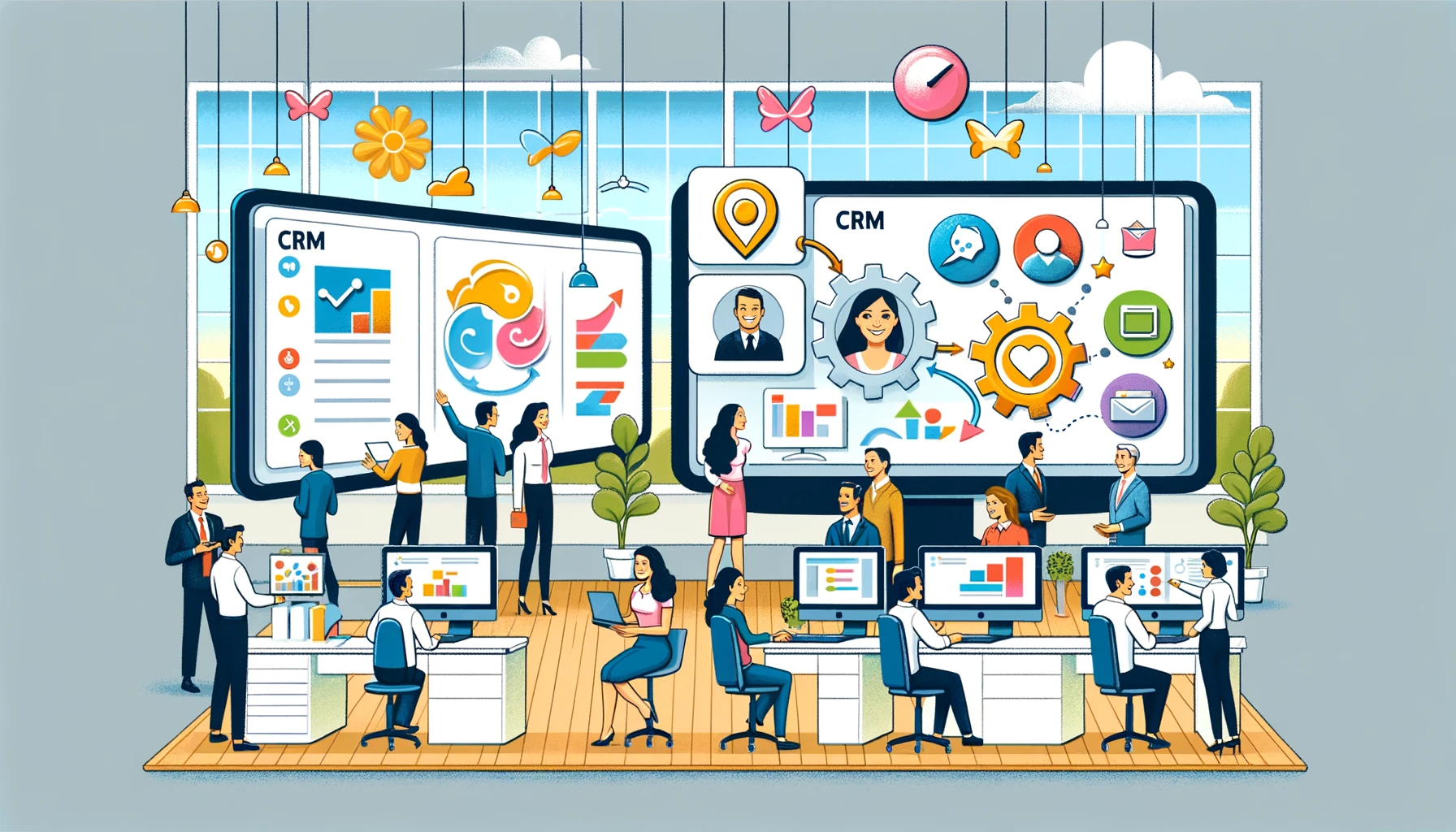
Once you’ve started using the client relationship model, it’s important to continually monitor and evaluate its performance. Look at key metrics like customer retention rate, sales conversion rate, and customer satisfaction score.
| Metric | Before CRM | After 6 Months | Improvement |
|---|---|---|---|
| Customer Retention Rate (%) | 60 |
75 |
+25% |
| Sales Conversion Rate (%) | 15 |
25 |
+66.7% |
| Customer Satisfaction Score (out of 10) | 6 |
8 |
+33.3% |
Remember, implementing the client relationship model is a journey, not a destination. Continual evaluation and adaptation are key to harnessing the full power of CRM. So, take the leap and start transforming your customer relationships today.
FAQs
-
Is CRM Simply a Database or More? CRM, or Customer Relationship Management, is more than just a database. While it indeed stores customer information like a database, it also integrates sales, marketing, and customer service strategies, providing tools for data management, customer interaction tracking, reporting, analytics, and task automation.
-
How Does CRM Differ From a Traditional Database? A traditional database primarily focuses on storing and retrieving data. CRM, on the other hand, not only stores data but also analyzes it to provide insights, manages customer interactions, and automates various tasks, making it a comprehensive tool for business growth.
-
What are the Key Benefits of Implementing a CRM System in a Business? Implementing a CRM system can lead to improved customer satisfaction, increased efficiency, and enhanced decision-making. It provides a consolidated platform for customer data, enables effective tracking of customer interactions, and helps in strategic planning through data analysis.
-
Can CRM Systems Integrate with Other Business Tools? Yes, CRM systems are designed to integrate seamlessly with other business tools. This integration helps in maintaining data flow between different systems, ensuring a unified approach to data management and customer relationship strategies.
-
How Does CRM Aid in Making Data-Driven Business Decisions? CRM systems analyze customer data to identify trends, preferences, and patterns. This analysis helps businesses in forecasting outcomes, tailoring marketing strategies, and making informed decisions that benefit the organization and its customers.
Read more about low-code platform ozma.io
CRM for Beginners: Easy to Start!
CRM for Photographers: More Clients and Efficiency





